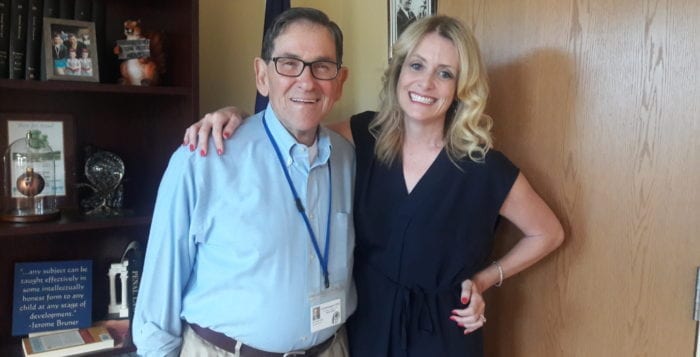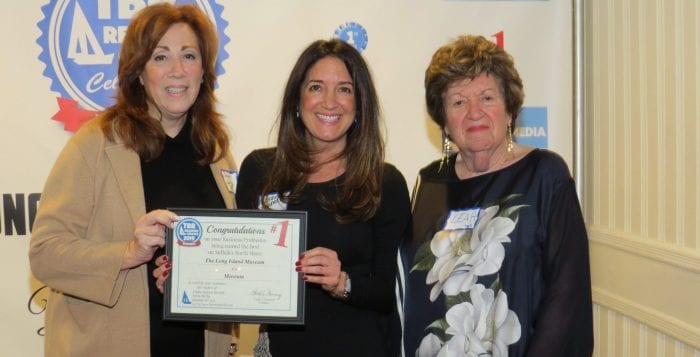There are only so many people who could have done the job that Dr. Joe Rella, the former Comsewogue superintendent, did — teacher, principal and finally head of schools. If the scores of affectionate tributes posted to social media are anything to go on, Rella is one of the few folks you could point to that has made the Port Jefferson Station/Terryville community what it is today.
Rella died last Friday at the too-young age of 69. He had been dealing with a diagnosis of bile duct cancer for the last few years, but still he kept at the job until he finally retired last year. Community members know there wasn’t a day that went by where Rella did not put himself forward for the benefit of the community, whether it was his weekly online story times or his constant attendance as the “piano man” at district concerts. Many in the community can point to examples of outreach and help he bestowed upon employees and students in the district.
North Shore residents often rightfully complain of their high taxes, the majority of which stem from school districts, but Rella showed that a school district can become the heart of the local hamlet and the epicenter for every goings-on in the area. It can become the source of pride and culture for residents, not only the entity that simply teaches students for 13 to 14 years at a time.
What we found in reporting on Comsewogue is that doors were always open. Most of the time, officials did not hesitate to speak on either positive events or district issues. In an age where there seems to be more and more red tape between district/school administrators and both journalists and the public, Comsewogue, under Rella’s guidance, showed just how effective being open to public comment could be. In a final interview with Rella before he retired, he spoke to one newbie editor of how important it was to listen to community feedback, no matter if it was negative and no matter if you may disagree with it. As a former music teacher, who brought music into everything he did, he said the important thing was to listen.
Rella was named one of TBR News Media’s People of the Year in both 1995 and 2010 for music and education, respectively. Though the papers have changed editors since then, the editorial staff was amazed reading those old articles, seeing just how much of the same man was in stories 25 years old as he was in articles written about him little more than half a year ago. There is a sense of compassion, of simply wanting to be there, to spread an awareness of purpose amongst students and staff and to act selflessly and to help define a community around a sense of selflessness and compassion.
Other supers have also made the list of People of the Year, including Elwood’s Ken Bossert — formerly Port Jeff superintendent — who has shown a similar sense of community engagement.
Of course, we do not wish to diminish the hard work of the many heads of schools in our coverage areas, and we know many who have shown strides in district leadership. What we instead ask is for more people to look at the example Rella left in not just defining a school district, but defining neighborhoods and neighbors, of being the precedent which every student and even most residents could look toward. He was the one who looked to building trust not by demanding loyalty, but by creating a space everybody feels they’re on the same side and that all are working toward goals that benefit everyone.
Rella will be missed, but his example remains one that all should live by.

















